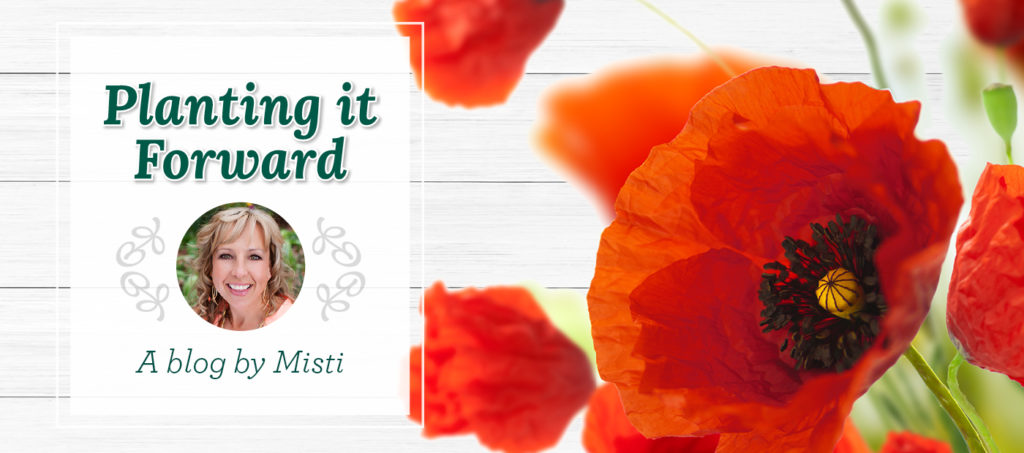 Several years ago, I started blogging about our concerns for pollinators – the bird, bees, and butterflies – that are key to our gardens and essential to much of our food supply.
Several years ago, I started blogging about our concerns for pollinators – the bird, bees, and butterflies – that are key to our gardens and essential to much of our food supply.
At that time, the headlines talked about things like bee colony collapse disorder, butterflies that were disappearing at an alarming rate, and how these declines could impact crops that depend on pollinators. Up to 75% of the food we eat relies in part on pollinators, from almonds to watermelons.
The news is somewhat better today. Honey bees have made a remarkable comeback and while some species of butterflies (specifically the iconic monarchs that migrate between Mexico and Canada) were formally put on the endangered species list last year, other butterflies are stable and even thriving.
Yet, the danger isn’t over. One of the biggest concerns is climate change, which is impacting pollinators’ food sources. Flowering plants are blooming earlier or later than they used to, putting them out of sync with when pollinators are active. Extreme weather events like droughts, heat waves, and flooding are also endangering pollinators.
Together, we can help alleviate the challenges faced by pollinators, either by creating more gardens or making some changes in existing gardens so they are more friendly to birds, bees and butterflies.
You can expand pollinators’ garden habitats by planting at least three different pollinator-friendly plants that bloom in three different seasons (spring, summer and fall) to help ensure a consistent food supply.
Towards the end of summer and beginning of fall, your best pollinator attractors include: Rudbeckia, Gaillardia, Catmint, Coreopsis, Agastache, Monarda, Lavender, Penstemon, Yarrow, Echinacea, Summer Phlox, Trumpet Vine, Russian Sage and, of course, Butterfly bushes.
Adopting some other strategic choices in your garden will help pollinators thrive as well. You can:
- Create habitats for pollinators by supplying necessary water, food, shelter and places to raise their young. A great example is a “bee condo,” which you can make or purchase.
- Plant in clumps as clustering plants makes them easier to find and shortens the need for travel, reserving the energy of backyard pollinators.
- Choose a variety of colors and shapes, as different pollinators are attracted to different types of flowers. (For example, flat petal flowers for butterflies, who “taste” with their feet; funnel-like flowers for hummingbirds; yellow and blue flowers for bees, who have difficulty seeing red.)
- Use pollinator-safe pesticides and follow the directions for use carefully.
Warner’s locally grown native plant selection, as well as all the other quality plants from our nursery, provide multiple food sources for pollinators. Not only will they keep your local pollinators well fed, they’ll also keep your garden and yard looking lovely too.
Stop by and let us know if we can help.
Happy Gardening,
Misti